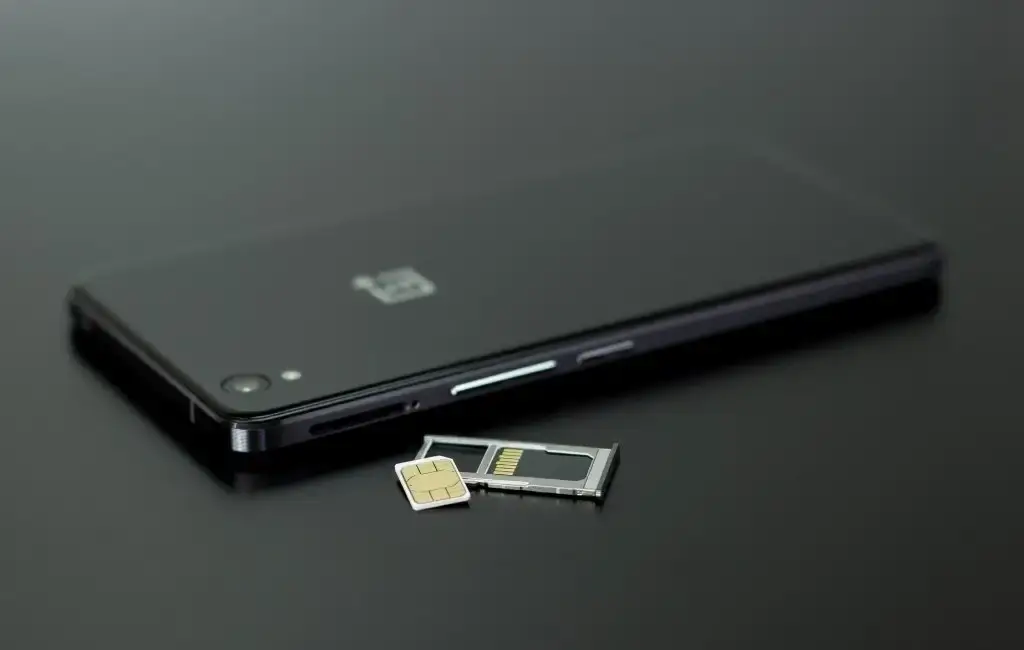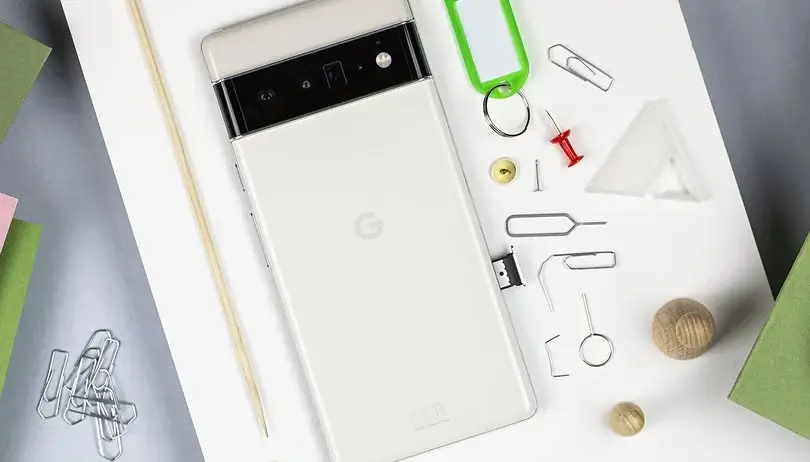Verify your SIM card’s functionality with these simple steps: Check proper insertion, recognition, and network connectivity. Swiftly address any issues encountered to maintain seamless communication. Stay informed and connected with these essential checks.
Checking your SIM card periodically is essential to ensure that your mobile device functions properly and that you have uninterrupted access to voice calls, text messages, and mobile data. Regularly checking your SIM card can help you detect any issues or malfunctions early on, allowing you to take the necessary steps to rectify them. It ensures that you can stay connected and communicate effectively without any interruptions.
Why it’s essential to check your SIM card periodically
Periodically checking your SIM card is crucial to ensure uninterrupted communication on your mobile device. By checking your SIM card regularly, you can identify any potential issues early on and take the necessary steps to address them.
Checking your SIM card periodically is essential for several reasons:
- Security: Regularly inspecting your SIM card ensures that it hasn’t been tampered with or replaced without your knowledge. Unauthorized access to your SIM card can lead to identity theft, financial fraud, and other security breaches.
- Functionality: Over time, SIM cards can wear out or become damaged, affecting their performance. Checking your SIM card allows you to identify any issues early on and address them before they disrupt your ability to make calls, send messages, or access mobile data.
- Network Compatibility: If you switch between different devices or travel frequently, it’s important to ensure that your SIM card is compatible with the network and device you’re using. Checking your SIM card can help you verify its compatibility and avoid any connectivity issues.
- Account Management: Periodically reviewing your SIM card details, such as your phone number and account information, helps you stay informed about your mobile service and ensures that everything is up to date. This is particularly important if you’ve made any changes to your account or plan recently.
- Preventive Maintenance: Just like any other electronic device, SIM cards benefit from regular maintenance. By checking your SIM card periodically, you can clean it if necessary and prevent dust or debris from affecting its performance.
Signs that indicate your SIM card may not be working properly

There are several signs that may indicate your SIM card is not working properly. These include:
- No network signal: Your phone shows “No Service” or constantly searches for a network.
- Inability to make or receive calls: You cannot connect or maintain a call.
- Unable to send or receive texts: Messages are not delivered or received.
- No access to mobile data: You cannot connect to the internet using your mobile data.
- Constant error messages: You receive error messages related to the SIM card.
If you are experiencing any of these issues, it is important to check your SIM card and take appropriate action.
Basic Troubleshooting Steps
To determine if your SIM card is working properly, there are a few basic troubleshooting steps you can follow:
- Check for signal strength: Ensure that your phone has a network signal by looking for the network bars or signal strength indicator.
- Restart your phone: Sometimes a simple restart can fix connectivity issues. Power off your phone, remove the SIM card, wait a few seconds, then reinsert it and power on your phone.
- Verify SIM card placement: Make sure your SIM card is properly inserted into the SIM card slot. Check your phone’s user manual for the correct orientation.
- Clean the SIM card: Occasionally, dirt or debris may hinder the SIM card’s functionality. Gently wipe the SIM card with a clean, lint-free cloth or tissue.
- Try the SIM card in another phone: If possible, test your SIM card in another compatible phone to see if the issue persists. This will help determine if the problem lies with the SIM card or the phone itself.
By following these troubleshooting steps, you can easily identify and address any issues with your SIM card.
Simple steps to check if your SIM card is working
To check if your SIM card is working, follow these simple steps:
- Check for signal strength: Look for the network bars or signal strength indicator on your phone to ensure that you have a network signal.
- Restart your phone: Power off your phone, remove the SIM card, wait a few seconds, then reinsert it and power on your phone. Sometimes a simple restart can fix connectivity issues.
- Verify SIM card placement: Make sure your SIM card is properly inserted into the SIM card slot. Check your phone’s user manual for the correct orientation.
- Clean the SIM card: Gently wipe the SIM card with a clean, lint-free cloth or tissue to remove any dirt or debris that may hinder its functionality.
- Try the SIM card in another phone: If possible, test your SIM card in another compatible phone to see if the issue persists. This will help determine if the problem lies with the SIM card or the phone itself.
By following these steps, you can quickly determine if your SIM card is working properly or if further troubleshooting is needed.
How to restart your phone and reinsert the SIM card
To restart your phone and reinsert the SIM card, follow these simple steps:
- Power off your phone: Press and hold the power button until the power menu appears. Select the “Power off” option to turn off your phone.
- Remove the SIM card: Locate the SIM card slot on your phone, usually on the side or back. Use a SIM card ejector tool or a paperclip to gently push the SIM card tray and remove it from the phone.
- Inspect the SIM card: Check for any visible damage or dirt on the SIM card. If necessary, use a clean, lint-free cloth to gently wipe the gold contacts to ensure they are clean and free from debris.
- Reinsert the SIM card: Place the SIM card back into the SIM card tray, lining up the notches or grooves. Push the tray back into the phone until it clicks into place.
- Power on your phone: Press and hold the power button again until your phone powers on. Wait for it to fully boot up and check for a network signal.
By following these steps, you can restart your phone and ensure that the SIM card is properly inserted, helping to resolve any connectivity issues you may be experiencing.
Checking Network Connectivity
To check network connectivity, ensure that your phone is connected to a network provider. Look for the network indicator on your phone’s status bar to confirm a network connection. If you’re unable to connect, try the following troubleshooting steps:
- Restart your phone and check for a network signal.
- Make sure your SIM card is properly inserted.
- Check your phone’s network settings to ensure they’re correctly configured.
- If all else fails, contact your network provider for assistance with network-related issues.
Remember, a stable network connection is crucial for your SIM card to work effectively.
Ensuring that your phone is connected to a network
To ensure that your phone is connected to a network, check for the network indicator on your phone’s status bar. It should display the network provider’s name or signal bars. If you don’t see any indicator, try these steps:
- Restart your phone: Sometimes, a simple restart can fix network connectivity issues.
- Check network settings: Verify that your phone’s network settings are correctly configured for your network provider.
- Airplane mode: Toggle airplane mode off and on to reset the network connections.
If none of these steps resolve the issue, contact your network provider for further assistance.
How to troubleshoot network-related issues on your device

If you are experiencing network-related issues on your device, follow these troubleshooting steps:
- Check your network settings: Verify that your phone’s network settings are correctly configured for your network provider.
- Restart your device: A simple restart can help refresh your device’s network connections.
- Disable Wi-Fi: If you are connected to a Wi-Fi network, try disabling Wi-Fi and using mobile data instead.
- Check for software updates: Ensure that your device is running on the latest software version, as updates often include bug fixes and improvements.
- Reset network settings: If all else fails, you can try resetting your device’s network settings. Keep in mind that this will remove all saved Wi-Fi networks and Bluetooth connections.
If these troubleshooting steps do not resolve your network-related issues, consider contacting your network provider for further assistance.
Verifying SIM Card Status
- Accessing SIM Card Information on Different Phone Models:
- On Android devices: Go to “Settings” > “About phone” > “Status” > “SIM status.” Here, you can view details like SIM card status, phone number, and network information.
- On iPhones: Navigate to “Settings” > “General” > “About.” Scroll down to find the “SIM” section, where you can see the SIM card status, phone number, and other relevant information.
- Determining If the SIM Card Is Properly Inserted and Recognized:
- Open the SIM card tray using the provided tool or a paperclip.
- Ensure that the SIM card is inserted correctly, with the chip facing downwards and the notched corner aligning with the tray.
- Gently push the tray back into the device.
- Check your phone’s settings or status to verify if the SIM card is recognized and functioning properly.
Contacting Your Network Provider
When facing persistent network issues like no signal, difficulty making calls or sending messages, or in the unfortunate event of a lost or stolen SIM card, it’s crucial to promptly contact your network provider. They can offer assistance and troubleshoot the problem to restore connectivity or take necessary actions such as deactivating the lost or stolen SIM card and issuing a replacement.
Additionally, if you encounter problems activating a new SIM card or transferring your existing number to a new SIM card, reaching out to your network provider ensures a smooth transition and resolution of any activation issues. Moreover, for account-related inquiries such as billing discrepancies or plan changes, your network provider’s customer support is there to address your concerns and provide guidance on resolving any issues related to your mobile service.
Steps to Take If Your SIM Card Needs to Be Replaced or Reactivated
- Contact your network provider’s customer support either through their hotline or online chat service.
- Inform them about the issue you’re experiencing with your SIM card.
- Follow their instructions, which may involve verifying your identity and providing necessary account information.
- If your SIM card needs to be replaced, they will guide you through the process of obtaining a new SIM card and activating it.
- Reactivation may require entering a new SIM card’s details or reactivating your existing SIM card, depending on the situation and the instructions provided by your network provider.
Conclusion
Ensuring your SIM card is functioning optimally is crucial for uninterrupted mobile connectivity. By following these simple steps to check its status, you can verify if your SIM card is properly inserted, recognized, and operational. Prompt action in case of issues like network problems or SIM card damage ensures seamless communication. Stay connected and informed with these essential checks.
References:
https://esimusa.com/blog/damaged-sim-card/
https://citizenside.com/technology/checking-if-a-sim-card-is-working-quick-guide/
Hello, I’m Herman C. Miller, the founder of InternetPKG.com, your ultimate destination for all things Mobile Internet and Telecommunication Services. With a BSc in Telecommunication Services and over 6 years at AT&T, my passion for the industry led to this platform. At InternetPKG.com, we prioritize keeping you informed with the latest package offers, ensuring our content stays current. Our team, including a dedicated Internet Package and Mobile Data Plans Researcher, tirelessly researches emerging trends, identifies market opportunities, and provides expert product recommendations.
